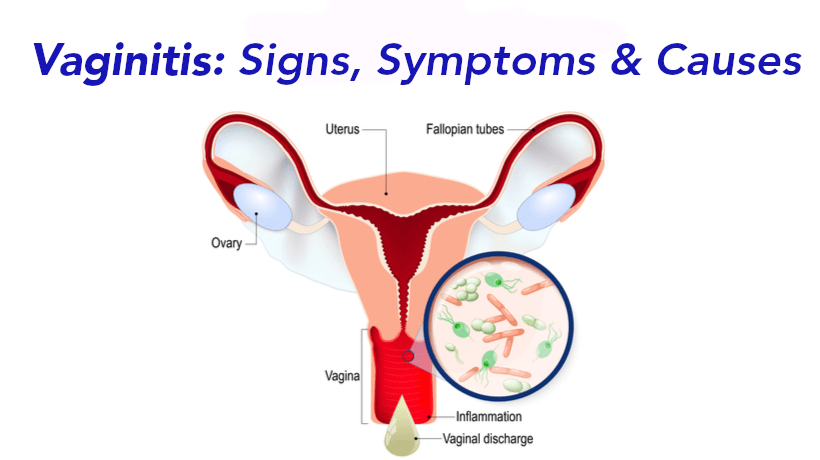
What are warts?
Warts are caused by double-stranded human papilloma virus (HPV) DNA viruses. More than 80 types of the virus have been detected to date. The incidence of warts has been steadily increasing for the last 30 years. About 30-50% of sexually active adults are infected with HPV, making warts the most common sexually transmitted disease. However, only 1-2% of the same population has clinical lesions of the genital area. It is estimated that the chance of infection during life is close to 80%.
The incidence of recurrences, mainly due to the subclinical infection surrounding the initial clinical lesion, so due to the asymptomatic transmission, is high and exceeds 25% in a period of 3 months after treatment, while in a period of one year after it, reach 90% of cases.
Reasons for timely treatment of warts
There are several reasons that lead to the immediate treatment of HPV infections:
The first of these are psychological and aesthetic. Visible lesions are usually not acceptable to others and, depending on the location of the lesions, can affect sexual behavior.
Symptoms are also a cause for concern. If the warts swell, they can be injured or infected. Large warts can block the urethra or vulva. The patient wishes to be treated for the itching, due to the difficulty in contact and other annoyances that accompany the appearance of warts.
Treatment of warts
Η αντιμετώπιση γίνεται με τοπική εφαρμογή κρυοθεραπείας, τοπικών σκευασμάτων, καθώς και Co2 Laser. Πρόσφατα, έχει παρασκευασθεί και εμβόλιο έναντι ορισμένων τύπων της ομάδας των ιών των κονδυλωμάτων. Χορηγείται, προς το παρόν, σε γυναίκες μέχρι 25 ετών, με σκοπό την ανάπτυξη αντισωμάτων και την πρόληψη του καρκίνου του τραχήλου της μήτρας.

But the most important reason for early treatment is to prevent the virus from self-inoculating or transmitting it to other people. There is no doubt that visible clinical lesions are contagious. However, it seems that the subclinical infection is also contagious. The DNA of the virus has been detected in the skin, near or far from the lesion, in the fingers and the tips of the nails, or in the hair of the genital area, but also in remote areas of patients, as well as healthy people. Clinically, the case is often treated in which a woman or a man without other sexual contact develops warts for the first time even though she has a stable partner, without a history of visible clinical infection, indicating that the transmission probably came from subclinical cases.
Another reason for timely and aggressive treatment could be the link between HPV and carcinogenesis. It is now certain that infection with these viruses, along with other factors, such as smoking, is associated with intraepithelial neoplasm of the cervix (ENT) and, most likely, invasive carcinoma. More than 50% of all cervical cancers contain oncogenic types of the virus.
What is genital herpes?
Genital herpes infections are mainly due to HSV type 2 and less often to type 1. They are recurrent diseases, as after the first infection the virus remains in the sensory ganglia of the nerves. The main symptomatology is characterized by itching and burning or hallucinations, accompanied by the expulsion of bubbles, which are localized and tend to clump in small groups.
Treatment of genital herpes
The treatment of the disease is done with the administration of antiviral treatment. In cases where relapses are common, antiviral suppressive therapy is given for a long time.

What is vaginitis?
Vaginitis is a vaginal infection, usually caused by the fungus Candida Albicans. Its development causes a burning sensation and intense itching, while the production of abundant vaginal discharge is common. The infection can also affect the labia minora and take the form of vaginitis.

Treatment of vaginitis
A medical history evaluation is necessary, as the infection may be secondary to antibiotics, may develop into diabetes mellitus, during pregnancy, or be due to tamoxifen intake. The infection is treated with antifungal treatment and often a corresponding treatment is given to the partner.
Diagnosis and treatment, in each case, require a different approach.
Our Contacts
Contact us!
Agias Sofias 28, Thessaloniki
info@dermaesthetichair.gr
(+30) 2310 282.292 & (+30) 2310 250.300

